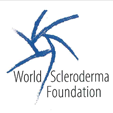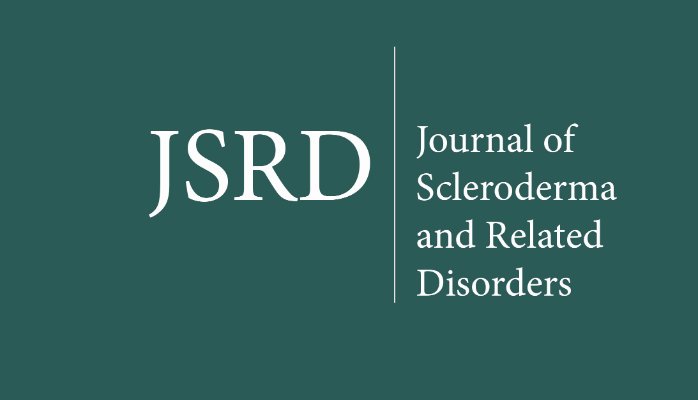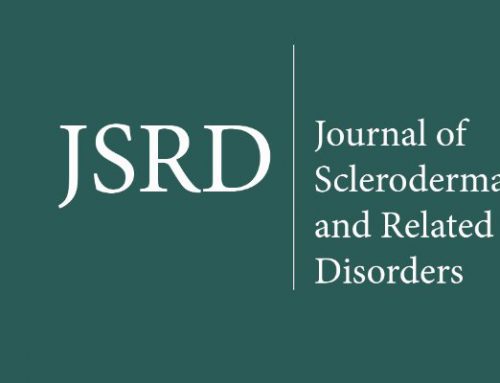Abstract
Objective:
Pulmonary arterial hypertension is a life-limiting complication in patients with systemic sclerosis. Current recommendations suggest a minimum screening of an annual transthoracic echocardiogram and pulmonary function test. We hypothesize that modifiable provider-level hurdles contribute to inadequate screening and can be alleviated.
Methods and results:
We performed a longitudinal study over 23 months of all systemic sclerosis patients seen in pulmonary and/or rheumatology clinics. Pulmonary arterial hypertension screening was measured monthly as percentage of patients with up-to-date transthoracic echocardiogram and pulmonary function test out of the total systemic sclerosis patients with an outpatient encounter that month. Tests were considered “up-to-date” if they were performed 12 months prior or within the next 6 months post-encounter. Baseline adherence to PAH screening was assessed using a 9-month preproject period. Physicians in rheumatology and pulmonary clinics were surveyed for knowledge and perceived as barriers to screening. Interventions focused on provider-level hurdles to improve the screening rate to >90%. Adherence to systemic sclerosis–associated pulmonary arterial hypertension was compared between baseline and post-intervention phases as a continuous variable using nonparametric Mann–Whitney–Wilcoxon test and as categorical variable using chi-square test for overall adherence rate. A total of 18 providers were surveyed, of which 67% knew minimal screening recommendations and 44% identified “difficulty ordering tests” as a barrier. Our interventions were as follows: (1) didactic education and literature dissemination and (2) best practice alert in the electronic medical record to facilitate just-in-time ordering of screening. Adherence was measured for 23 months, comprising 166 systemic sclerosis patients. Monthly adherence to pulmonary arterial hypertension screening increased by 10.4% (69.2%–79.6%, p = 0.01 with chi-square and p = 0.09 with Mann–Whitney–Wilcoxon test), with an increase in transthoracic echocardiogram by 7.5% and pulmonary function test by 4.9%.
Conclusion:
Provider-level hurdles contribute to sub-optimal systemic sclerosis–associated pulmonary arterial hypertension screening. Lack of knowledge and difficulty in ordering tests were major barriers. Structured education and decision-support aids improve screening. These interventions, however, were insufficient to improve screening to a goal target of >90%.





